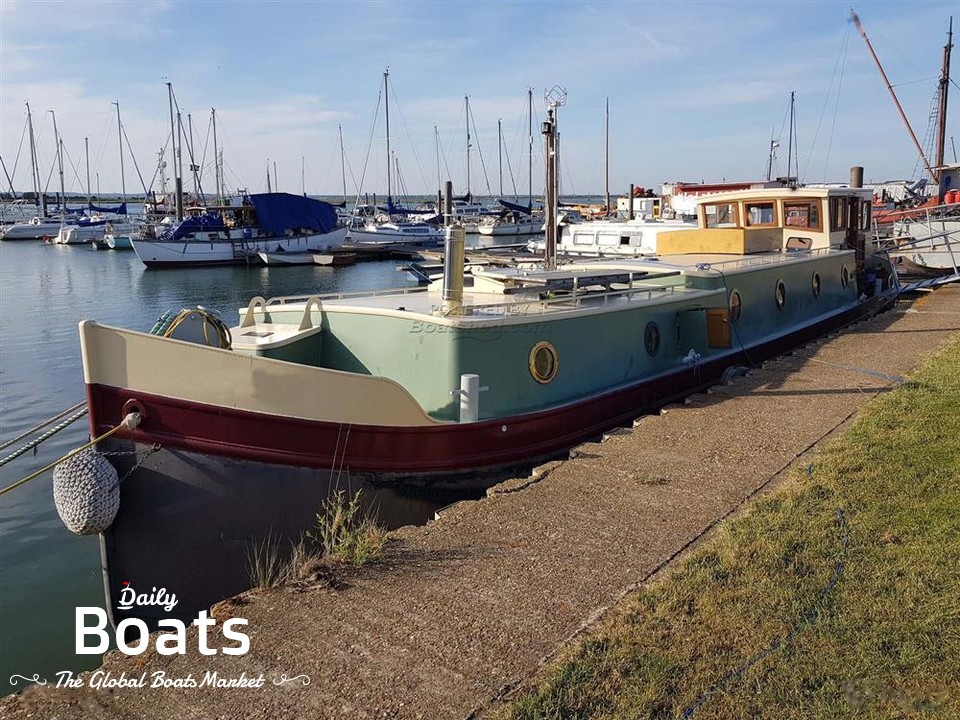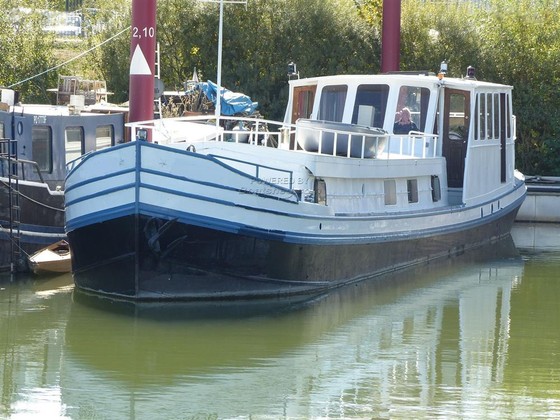Barges

Barges: The Water-Based Workhorses of the World!
Introduction
Barges are the workhorses of the water-based world, used for everything from carrying cargo to transporting passengers. We'll take a closer look at these fascinating vessels, learning about their history, how they work, and some of the advantages and disadvantages of using them.
What Are Barges
History of Barges
Barges are watercraft that have been used for centuries to transport goods and materials on rivers and canals. The first Barges were probably rafts made from logs or tree trunks lashed together. The ancient Egyptians used Barges to transport stone blocks for the construction of the pyramids. In Europe, Barges were used to transport grain, coal, and other commodities on canals and waterways.
The industrial revolution in the 19th century led to the development of steam-powered Barges and the construction of canals and railways, which increased the use of Barges for transportation. Today, Barges are used to transport a variety of cargo including oil, chemicals, grain, coal, and containers.
Types of Barges
There are many different types of Barges designed for specific purposes. For example, oil tankers are designed to carry petroleum products; dry bulk carriers are designed to transport dry cargo such as grain or coal; container ships are designed to carry containers; and passenger ferries are designed to carry passengers.

How Do Barges Work
How Barges Are Powered
Barges are typically powered by either diesel engines or electric motors. Diesel engines are the most common type of power plant, as they are less expensive to operate and maintain than electric motors. Electric motors are typically used on smaller Barges, as they are more efficient and have lower emissions than diesel engines.
How Barges Are Loaded and Unloaded
Barges can be loaded and unloaded in a variety of ways, depending on the type of cargo being carried. The most common method is to use a crane to load and unload containers from the barge deck. Other methods include using conveyor belts or loading/unloading directly from the shoreline.
The Advantages of Using Barges
Cost-Effectiveness
Barges are a very cost-effective way to transport large amounts of cargo. They are much cheaper to operate than trucks or trains, and they can carry a lot more cargo than either of those methods.
Barges also have a very low environmental impact. They do not produce any emissions, and they use very little fuel compared to other modes of transportation.
Efficiency
Barges are extremely efficient when it comes to transporting cargo. They can travel for long distances without having to stop, and they can carry a large amount of cargo in a single trip. This makes them ideal for transporting goods that need to be shipped over long distances.
Sustainability
Barges are a very sustainable form of transportation. They have a low environmental impact, and they can be powered by renewable energy sources like solar power or wind power.
The Disadvantages of Using Barges
Vulnerability to Weather
Barges are vulnerable to weather conditions such as strong winds and waves. If the weather is too severe, Barges can capsize or sink. This can be a major problem if the barge is carrying hazardous materials.
Limited Capacity
Barges have limited capacity compared to other types of cargo vessels. They can only carry a certain amount of weight and volume. This limits the type and amount of cargo that can be transported by barge.
Section Wrapping Up
The Future of Barges
The future of Barges looks bright. Thanks to their many advantages, Barges are becoming increasingly popular for a variety of uses. In particular, their cost-effectiveness, efficiency, and sustainability make them an attractive option for businesses and individuals alike.
As the world becomes more environmentally conscious, the advantages of using Barges will only become more pronounced. Their low carbon footprint and ability to transport large amounts of goods without damaging the environment make them a key part of the future of transportation.
What's more, as technology advances, Barges will only become more efficient and easier to use. Newer models are already being equipped with GPS systems and other modern features that make them even more user-friendly.
So whatever your needs may be, don't discount the humble barge – it just might be the perfect solution for you.
Conclusion
Barges are an incredibly important part of the global economy, transporting millions of tons of goods every year. They are cost-effective, efficient, and sustainable, but they are also vulnerable to weather conditions and have limited capacity. Despite these challenges, Barges play a vital role in keeping the world moving and will continue to do so for many years to come.







